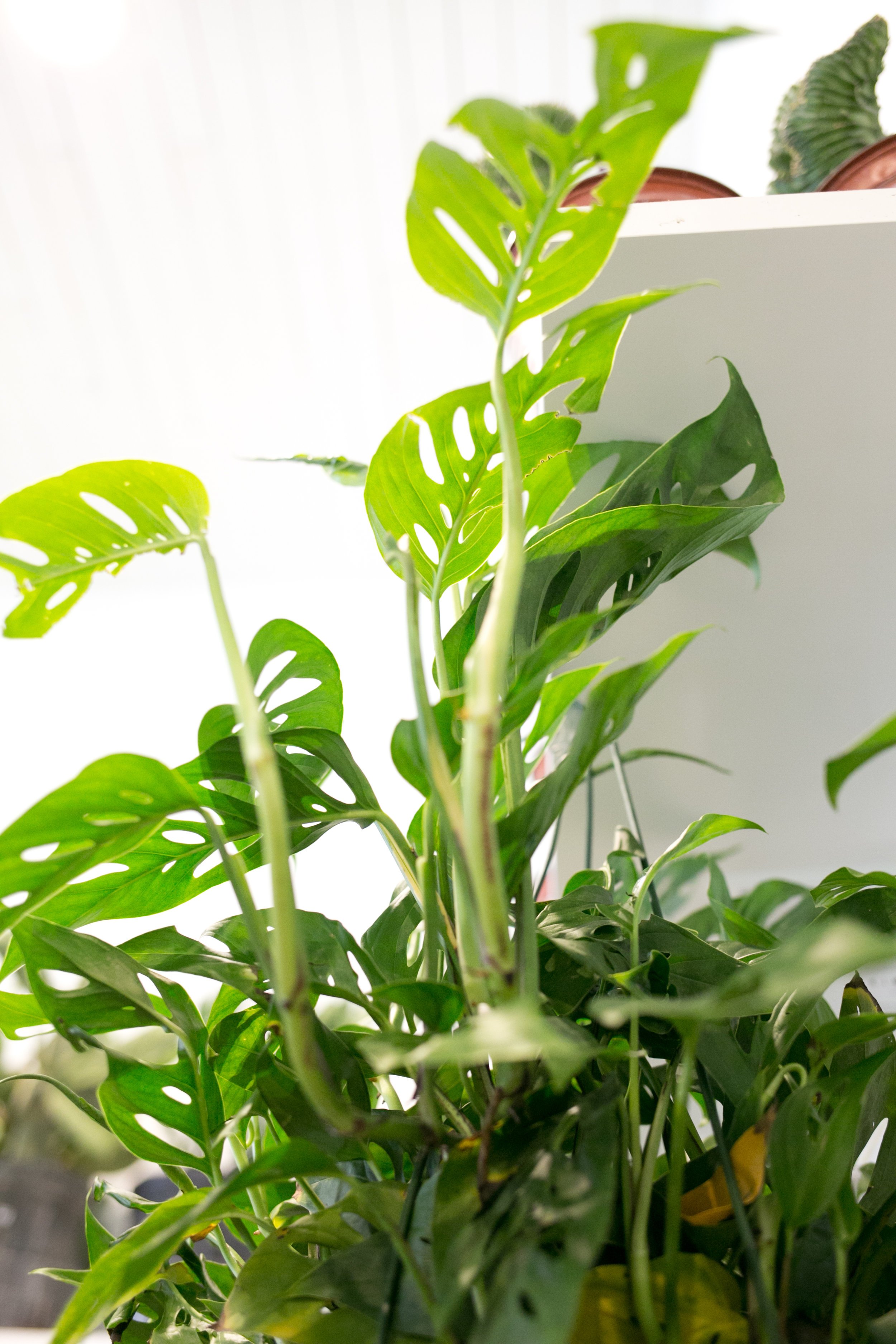pH Balance. How important is it?
PH balance in soil for plants is a really big deal. a REALLY BIG DEAL. There are lots of things to take into consideration when becoming a plant parent. When you’ve finally picked the perfect plants, the next step is figuring out how to keep them alive. Most times, this question can be answered by starting where it all begins. In the soil. This week we take a look at what pH balances can do to not only your plants, but how it can affect nutrient intake and more.
The pH of soil is a measure of its acidity or alkalinity. It is expressed on a scale from 0 to 14, with 7 being neutral. Soils with a pH below 7 are acidic, and soils with a pH above 7 are alkaline.
The pH of soil is also important for plant growth because it affects the availability of nutrients. Most plants prefer a slightly acidic soil, with a pH between 6.0 and 7.0. However, some plants, such as blueberries and azaleas, prefer a more acidic soil, with a pH of 5.0 or lower.There are a few ways to test the pH of your soil. You can use a:
-pH meter
-a pH test kit
-or a soil test kit from your local garden center.
If the pH of your soil is too high or too low, you can adjust it by adding lime or sulfur to the soil. Lime will raise the pH of the soil, and sulfur will lower the pH of the soil. It is important to test the pH of your soil regularly and adjust it as needed to ensure that your plants are getting the nutrients they need to grow healthy and strong.
Here are some tips for maintaining the proper pH balance in your soil:
Use a soil test kit to determine the pH of your soil.
Adjust the pH of your soil as needed by adding lime or sulfur.
Water your plants with rainwater or distilled water, as tap water can contain high levels of minerals that can alter the pH of the soil.
Avoid using fertilizers that contain high levels of nitrogen, as this can also alter the pH of the soil.
By following these tips, you can help to ensure that your plants are growing in the best possible soil conditions and getting the nutrients they need to thrive.
In addition to the pH of the soil, there are a few other factors that can affect the availability of nutrients to plants. These factors include:
The type of soil. Different types of soil have different levels of acidity or alkalinity, which can affect the availability of nutrients.
The amount of organic matter in the soil. Organic matter helps to buffer the pH of the soil and can also provide nutrients to plants.
The presence of other minerals in the soil. Some minerals, such as calcium and magnesium, can bind to nutrients and make them unavailable to plants.
It is important to consider all of these factors when determining the best way to maintain the proper pH balance in your soil. By understanding the pH of your soil and the other factors that affect nutrient availability, you can help to ensure that your plants are getting the nutrients they need to grow healthy and strong.




